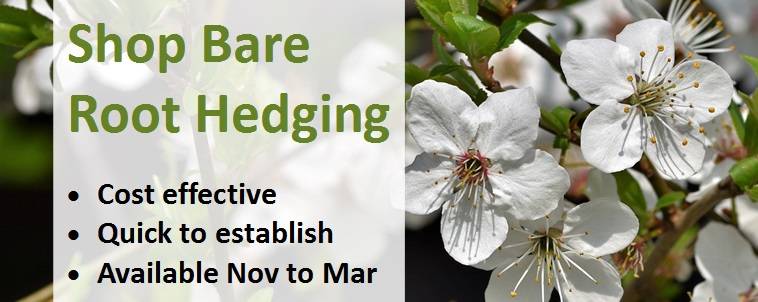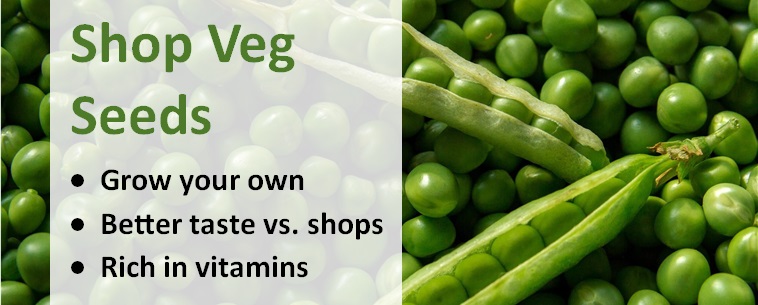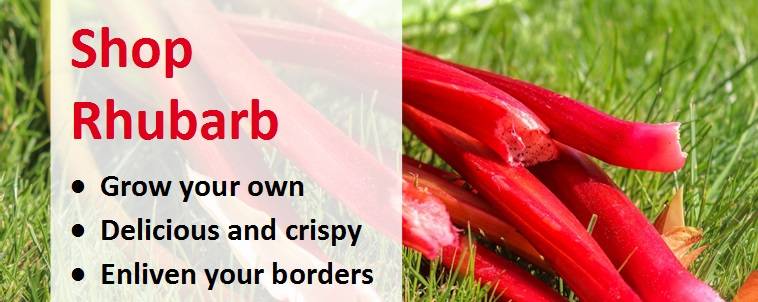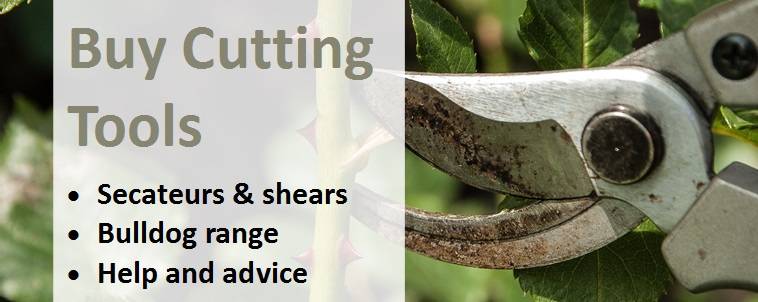Check Here Before Buying – Pot Size Matters...Not all websites offer the same. Plants in a 2-litre pot have twice the root system of a P9 or 1 litre pot.
February Gardening Jobs
Whilst February is still late winter, it is a month of great promise that spring is only just around the corner. The garden will be showing signs of coming back to life as temperatures gradually start to increase and daylight hours lengthen. Spring bulbs will start poking their heads above ground and even on days when it’s too cold to venture out into the garden, there is plenty of planning and preparation for the upcoming main gardening season that can be done indoors.
Deciduous shrubs and climbers can be pruned and deciduous grasses combed through to remove browned foliage. Winter flowering bulbs such as snowdrops that have finished flowering can be lifted and divided. Spring bulbs can be planted out “in the green”, vegetable beds can be prepared and some veg such as lettuce and salad crops sown early under cloches, while seed potato crops can be chitted in empty egg cups ahead of planting in spring. The early buds of fruit trees should be protected from frost and frameworks for netting over fruit trees and soft fruit bushes can be installed ready for later in the year when they come into harvest.
Pruning Deciduous Shrubs and Climbers and Tidying Deciduous Grasses
Prune Early Flowering Deciduous Shrubs
- Annual pruning of early flowering deciduous shrubs helps to encourage strong-growing, healthy shoots and more prolific flowering the following season.
- You’ll only want to prune shrubs that you know have already finished flowering in February, which will be your late winter flowering shrubs. Avoid pruning shrubs that will flower in March through to early summer until their flowering display in the current year is finished.
- Pruning immediately after flowering gives maximum time for your plants to develop young growth which will produce flowers next year, before the end of this summer.
- The aim is to create a balanced, open, airy goblet-shaped framework of branches allowing for plenty of air circulation through and around your plants.
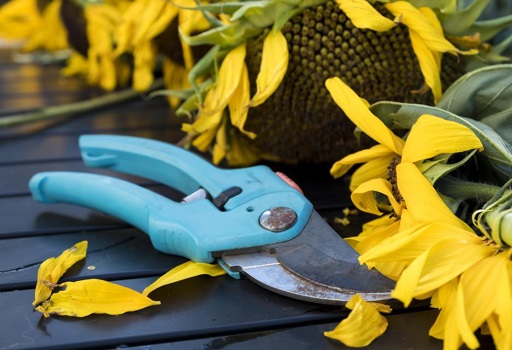
- Varieties grown for their colourful winter stems such as cornus and salix should be cut back to 15-20cm (6-8 inches) above ground level at this time. Cornus in particular are fast growing and will produce fresh new stems over the current growing season.
- Younger and newly planted shrubs will only need trimming and shaping while overgrown mature shrubs may need more meaningful pruning to rejuvenate them.
- Trimming deciduous hedges before birds start nesting will ensure you don’t disrupt them later in the season when they may be caring for hatchlings.
Prune Wisteria
- Wisteria needs regular pruning to keep it in check and February is the perfect time to do this. A second prune later in the year is also recommended in late summer between July and August.
- Pruning your wisteria will improve their flowering display and prevent them winding their way into unwanted places such as around lights, drains and into your windows.
- Cut back whippy shoots to 2-3 buds of the leafless stems in February to keep them looking tidy before the growing season starts and to ensure foliage does not hide the spring flowers.
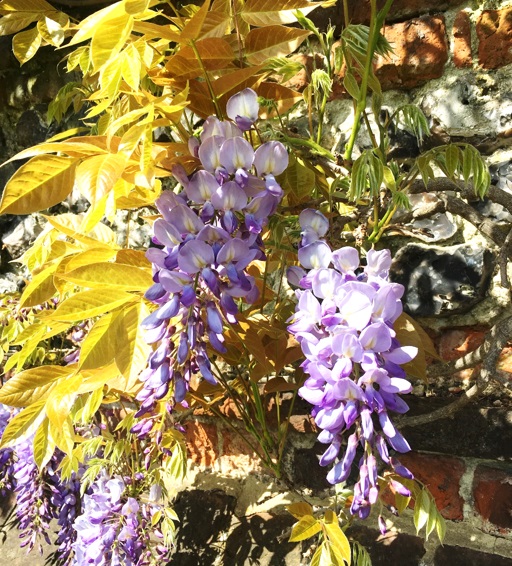
Removing Brown Foliage from Deciduous Grasses left Uncut over the Winter
- The foliage of deciduous ornamental grasses turns brown in late autumn to early winter.
- February is a good time to tidy up deciduous grasses that were not trimmed back hard before winter to remove unsightly brown dead stems and provide space for fresh new growth.
- Take care not to damage any new growth that may be starting to come up through the crown of your plants. Running your fingers through the stems in a combing motion is the easiest way to remove brown foliage without damaging fresh new growth.
- Be careful with Miscanthus varieties that have structural stems which persist through the winter. Miscanthus stems should be pruned with secateurs to avoid chopping away green new shoots.
- After tidying, apply a 3-5cm (1-2 inch) mulch of bark or well rotted garden compost around your grasses to suppress weeds and give them a boost for the growing season.
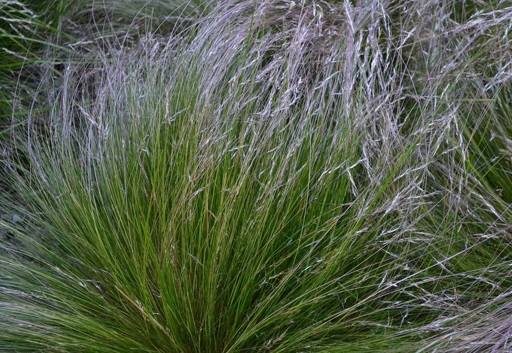
Prune Rhododendrons that need Rejuvenating
- It’s not too late to hard prune any established rhododendron plants you have which have become untidy, outsized or are flowering less abundantly than they used to.
- Winter is a good time to do this as your plants will have the full season to regrow again.
- You may need the full suite of tools: secateurs for smaller stems, long-handed loppers to remove any more structural stems and a pruning saw to remove thicker branches.
- If you’re doing hard pruning, choose a frost-free day in February or March and cut back branches to a branch point, where dormant buds will send out new growth.
- Interior branches that do not get any light can be removed to improve air circulation because they will eventually die. Cut out any diseased stems well below the diseased area and dispose of.
- The aim should be to maintain rhododendrons’ natural, low, mounding growth habit, creating a framework that allows for plenty of air circulation to minimise risk of pests and diseases.
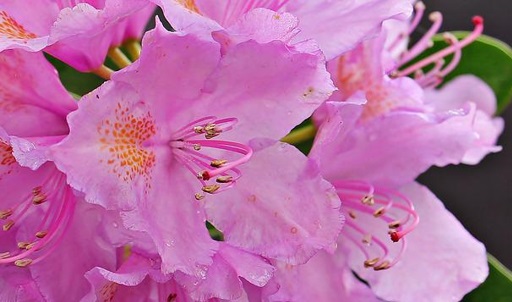
In the Flower Garden
Lift and Divide Winter-Flowering Bulbs that have Finished Flowering
- Some bulbs multiply by producing offsets: these are “baby bulbs” produced next to their parent.
- Offsets are identical to their parent and true to type – perfect for growing more of the same.
- February is a good time to lift and divide winter-flowering bulbs such as snowdrops and carefully detach offsets from their parent bulbs, if you’d like to pot them up or grow them on elsewhere.
- Smaller bulbs like snowdrops typically take 2-3 years to produce flowers after being replanted as an offset, while larger varieties may take up to 7 years.
- It’s an easy and cost effective way of getting more flowering bulbs and spreading them across different parts of your garden.
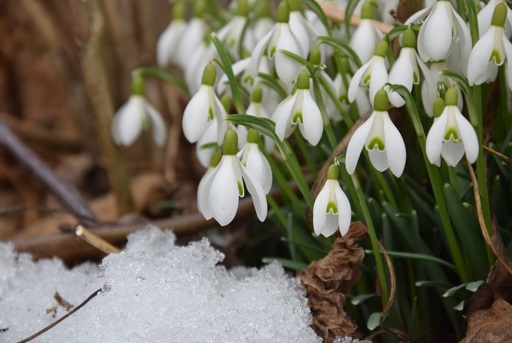
Plant Up Bulbs ‘In the Green’
- Flower bulbs “in the green” refers to bulbs where the flower has already started forming and the root system is already well developed. They are bought in compost rather than dry/loose bulbs.
- While bulbs cost a little more to buy “in the green”, they will develop and deliver results for you faster than dry/loose bulbs. You’ll also avoid having bare earth as they are green when supplied!
- They’re easier to grow for novice gardeners as they make it easier to avoid the mistake of double planting as you can see where you’ve put them in the ground right from the outset.
- February is a good time to plant spring bulbs in the green. Handle them with care as the flowers will still be delicate and plant them within 1-2 days of receiving so they don’t wilt.
- Bluebells are supplied in the shooting stage from January to March with February being a prime time to buy and plant them, while the flowers of winter aconites will be in flower from February to March and daffodils shoot in January before the flowers develop from February to March.
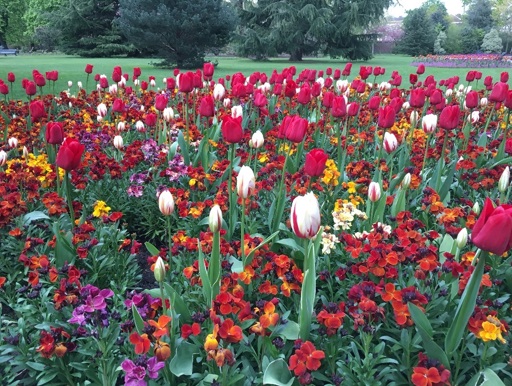
Vegetable Garden
Prepare Vegetable Beds and Sow some Veg Seeds under Cloches / Indoors
- Growing vegetables from seed can be immensely rewarding for both adults and children alike. Careful planning and preparation is key to a successful harvest later in the year.
- Now is a good time to decide what vegetables you want to sow, where and in what quantities to provide an sufficient crop of veg throughout the season, rather than a glut at one point in time.
- Organise the seeds you want to sow by sowing date. It may help to get a box with dividers and file your seed packets by the month they need to be sown in to make things easier over the year.
- Lettuce seeds and other salad crops can be grown under cover from February onwards.
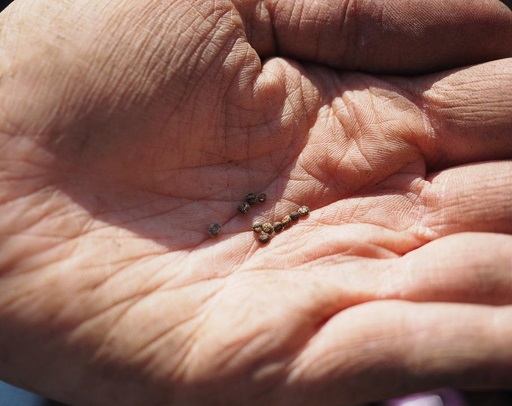
- Direct sowing is the easiest method to use – sowing directly into prepared beds at distances where they will be eventually cropped (this saves having to move or thin out seedlings later).
- Other vegetables that can be sown indoors in February in pots or the soil beds of a greenhouse include carrot seeds, radishes, rocket, baby beetroot, spinach, turnips and chilli seeds.
- Other varieties that can be started off in seed trays in February are tomato seeds, brussels sprouts, leeks, onions and spinach. It’s also a good idea to start off beans and pea seeds indoors this month for more early crops!
- For vegetables grown in containers and seed trays, we recommend using seed compost bought from a garden centre, rather than a homemade growing medium from the compost pile. Shop-bought compost gives better germination rates and lower risk of pests and diseases.
- You can also start preparing the ground for your winter sowings. Cover prepared ground with mypex weed suppressant fabric to keep the weeds in check and keep the ground warm and dry.
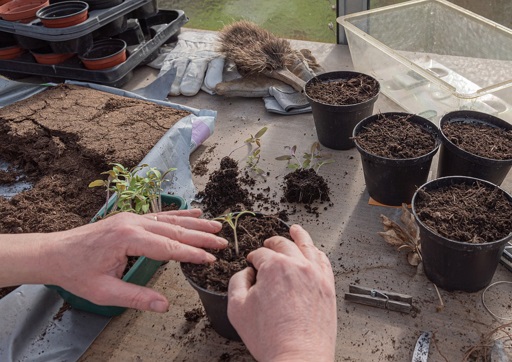
Chit Potato Tubers
- Potatoes are grown from specially prepared ‘seed’ potatoes. Seed potatoes are the same as potatoes you’d buy from the supermarket, except they have been certified as being virus-free. They are either ‘earlies’ (new potatoes) or maincrop (larger, spend longer in the ground).
- Seed potatoes can be purchased from late winter onwards. Chitting is simply the process of forcing them into growth before they are planted out.
- It’s fun to do with children and helps them learn how one of their most staple foods is grown.
- Chitting involves storing seed potatoes in a cool, light place for several weeks. A good technique is to sit them in empty egg boxes, carefully placing one seed potato in each compartment.
- You’ll want to put each potato the right way up in the egg box. The ‘heel’ of each seed potato (narrow end, where it was cut from the vine) should be at the bottom and sit in the box.
- The ‘rose end’ (wider end of the potato with the most buds, sometimes called ‘eyes’) should face upwards. This is what will form sprouts or shoots.
- Chitting potatoes is not absolutely necessary but it gives them a head start vs. potatoes that haven’t been chitted and gives you a slightly bigger and earlier harvest than non-chitted crops.
- Once they’ve sprouted, you can plant them in warm soil in March.
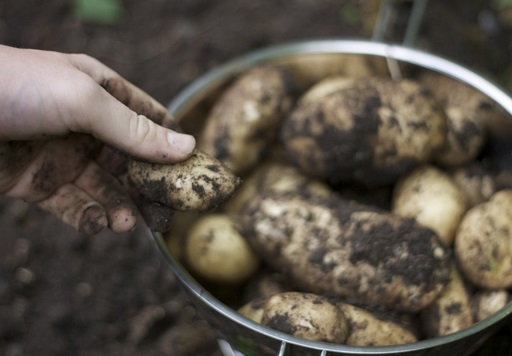
Force Rhubarb for an early Crop
- Forcing is a simple process that provides an earlier harvest of smoother, sweeter, less stringy stems that don't need peeling. It involves covering your rhubarb plants in winter to exclude light and encouraging them to develop sticks earlier than would otherwise be the case.
- They can be covered with an upturned pot, bucket, old chimney pot covered with a wooden top or even a dustbin packed with straw or shredded newspaper. Anything that provides a little insulation and warmth and shuts out all the light will do.
- Dark coloured cover objects will be slightly warmer as they will absorb more heat from the winter sun. Decorative clay pots are sold specifically for the purpose of forcing rhubarb too.
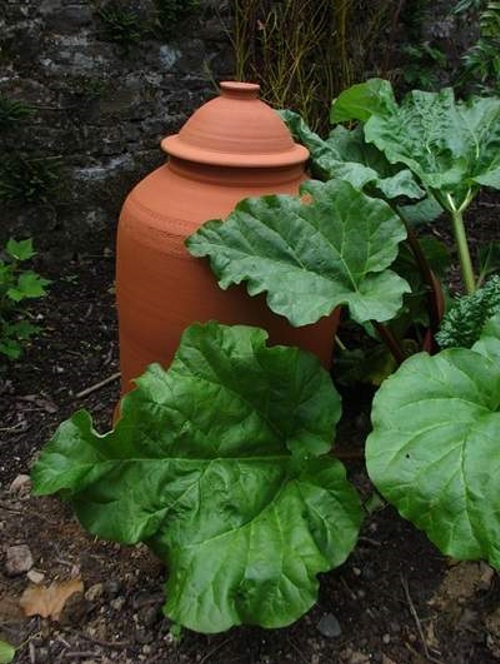
- The benefit of forcing is that it results in pale pink stems which are very tender and sweet.
- The main drawbacks are that it roughly halves the number of stems that can be harvested and significantly weakens the forced crowns, so should not be done more than once every 3 years for any given rhubarb crown to allow them to recover and grow naturally.
Plan your Vegetable Garden for the Year
- Unless you have a large garden or allotment, planning how, when and where you will grow your vegetables over the course of the year will help you get the most out of your space.
- Plan to grow the vegetables that are favourites amongst your family and those where it’s most important to pick and eat them fresh.
- Consider cost if you plan to reduce your shopping bill. Leeks are more expensive to buy in the supermarket than onions, for example, which may inform your choice of what to grow.
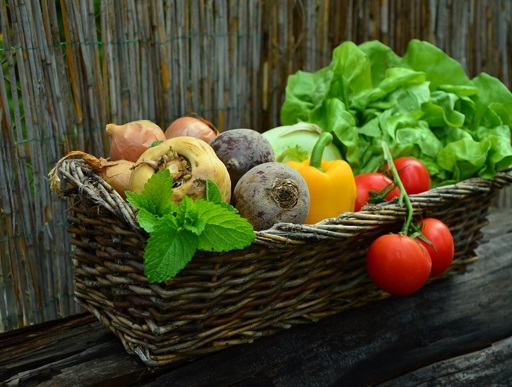
Fruit Garden
Protect Fruit from Frost
- Most soft fruit bushes and fruit trees are very hardy during the dormancy period through the winter - with the exception of figs, which are used to a more tropical climate.
- That said, new growth and blossoms that start developing in late winter and early spring can be easily damaged by frost, which can stunt the growth and reduce harvests of your precious fruit. This is particularly true for blossoms on apricot, nectarine and peach trees.
- Buds and fertilised flowers can be damaged at this time of the year. Frost protection should be maintained for two weeks after flowering if severe frosts are forecast.
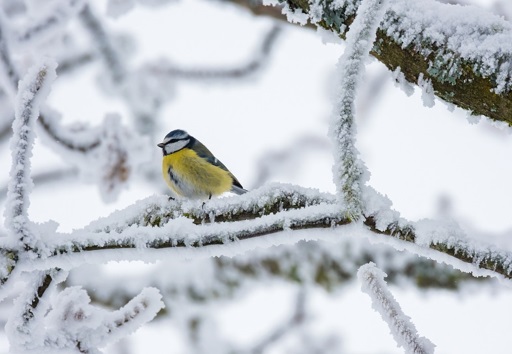
- A few layers of horticultural fleece is the easiest way to do this. For other types of plants, securing hay or straw around your plants can work, but this is less practical with fruit trees.
- Soft fruit bushes are best protected with cloches or a double layer of fleece. Be sure to remove the cloche and remove fleece during the day to allow pollinators access to your fruit plants.
- Hessian sacks or even shade netting are alternative materials that can be used to keep the worst of the frost at bay, if you have them more readily available than horticultural fleece.
- Take the opportunity to mulch apple and pear trees at the same time, whilst they are still dormant, applying a 3-5cm (2 inch) layer of well rotted garden compost or manure around the base of your trees, leaving a gap to make sure it isn’t in direct contact with the trunk.
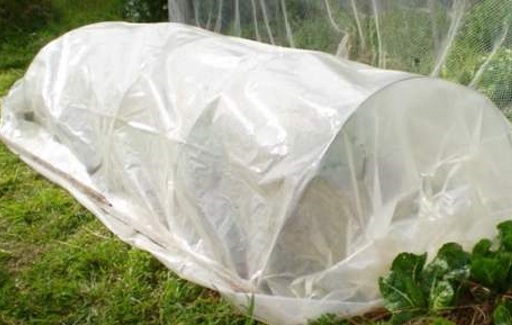
Net Fruit and Vegetable Crops to keep Birds at Bay
- Protecting fruit trees and soft fruit bushes from birds using netting will help lower your losses and boost the productivity of your precious crop later in the year.
- You’ll want to create a framework to secure your netting over soft fruit. A simple wooden structure often works best, over which the netting can be placed and secured using anchoring pegs pushed into the ground (facing inwards) every 30cm or 1 foot.
- Our top tip is to add an extra metre to the width and length of the net you need. This will provide margin for error if your measurements are slightly off or if you need to adjust in future.
- Ensure the netting is not twisted, pull it taunt over your structure and secure using anchoring pegs. This will give the most effective protection and avoid the risk of birds getting trapped.
- If your net becomes damaged the best and most cost effective way to repair it is using cable ties, tightened them to re-secure any holes in the net and then cutting off any excess cable tie once secure.
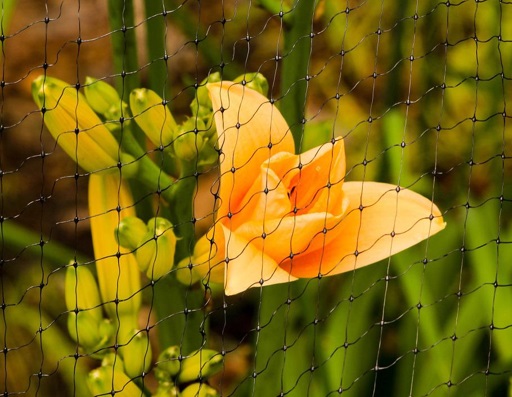
Prune Raspberry Canes
- February is your last chance to prune autumn-fruiting raspberry canes back to ground level. This will stimulate new canes to develop, which will flower in the autumn.
- Cut back all the old, fruited canes to ground level in February. New canes will start growing in spring, which will bear fruit later in the year.
- Autumn fruiting raspberries are also referred to as primocanes. This means they produce flower and fruit on stems grown in the same year, as opposed to floricanes which fruit on canes that develop the previous year (pruning for floricanes is different and is not done in February).
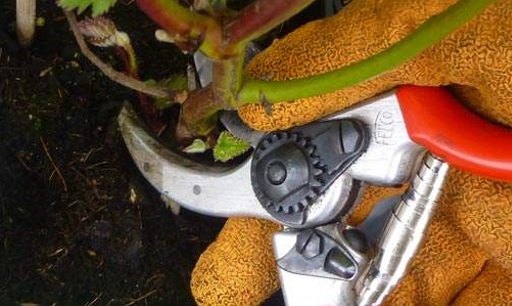
Prune blackcurrants, gooseberries and redcurrants
- Pruning blackcurrants, gooseberries and redcurrants encourages them to produce strong young stems, which will deliver you the best crop.
- For the first few years after planting, prune your bushes lightly to maintain a neat habit. For more mature plants, cut away any sprawling branches to a strong upright growth and remove one-third to one-quarter of the least productive wood each year to create space for new growth.
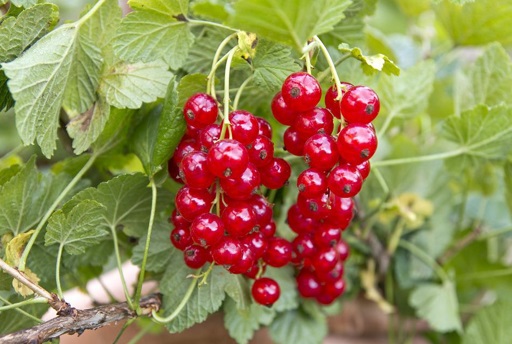
Maintaining Tools and Equipment
- Check your tools and equipment are in sound working order. Sharpen secateurs and apply a lubricant such as DW40 to any machinery that needs it.
- February is also a good time to tidy your shed whilst you have the chance before thigs get busier later in the season – being organised now will most certainly make your life easier in the spring!
Lawn Care
- Keep off the grass when frost hits. This will avoid damage to both your lawn and lawnmower as the blades are more susceptible to breakage in icy cold conditions.
- On a frost free day, start preparing your lawn for the season ahead by removing any obstacles such as dog bones, fallen branches or pruned wood that may catch in your lawn mower when the mowing season starts again.
- Consider installing lawn edging to give a neat, tidy appearance and more clearly delineate your lawn from the surrounding mixed and flower borders.
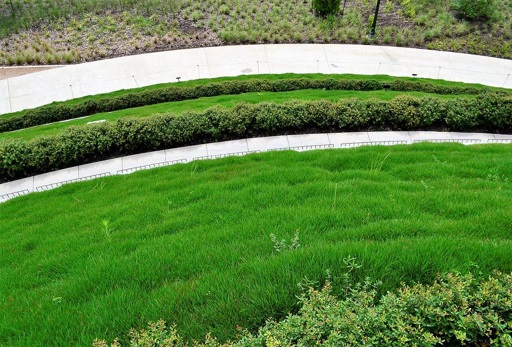
Helping Wildlife
Feeding the Birds
- Continue feeding the birds in your garden in February. They will have managed through the winter but until spring arrives they’ll still be in desperate need of sustenance.
- Sunflower seeds, mixed feed bags and fat or suet balls are all good options at this time of year.
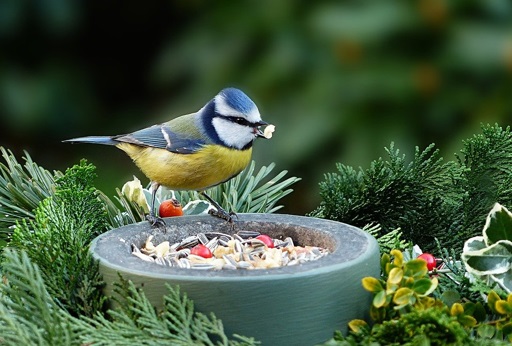
Other February Gardening Jobs
- If you need to reposition deciduous shrubs or trees, a day in February when the soil is not frozen or waterlogged and when it’s not excessively windy is a good time to do it. Dig up as much of the root system and soil around the roots as possible before moving to the new location.
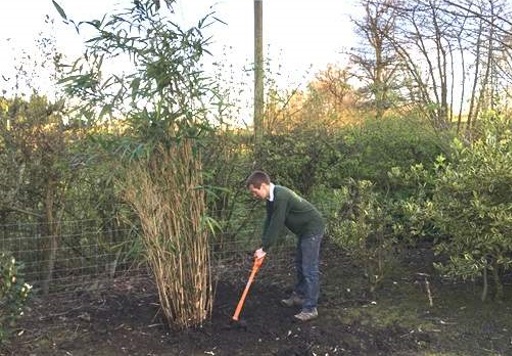
- Watch out for and remove any instance of hellebore leaf spot, represented by blotchy rounded brown spots on the leaves. While generally trouble free, hellebore plants are susceptible to leaf spot, a fungal disease that can spread quickly. Catch it early, removing all affected foliage.
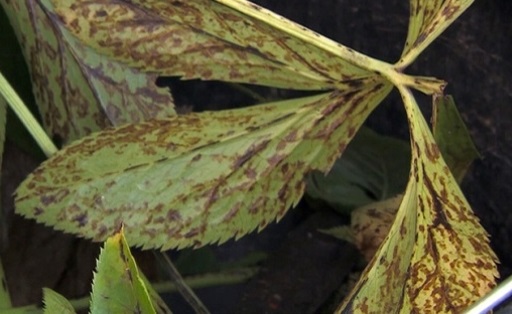
- If you didn’t get the results you wanted growing fruit and veg directly in the ground last year, perhaps because you have a poor soil, consider building raised beds now which can be filled with high quality purchased garden soil for better results this year.
- Building raised beds takes some work but many gardeners on poorer soils find it a worthwhile long term investment. They’re a great way to deal with clay soils, in particular.
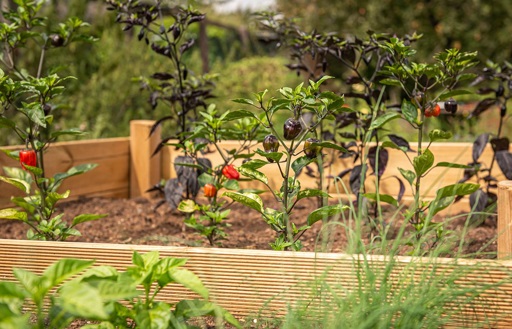
- If you have an acidic soil that you want to neturalise, rake lime into the ground in February. Horticultural limestone is alkaline so will gradually raise the pH of your soil as it is absorbed into the ground. We generally recommend growing plants that grow best on acid soil, rather than trying to artificially change your soil composition, if you want to consider this instead.
- Apply a top dressing of a slow-release, potassium rich feed around your fruit bushes in late February to early March to give them a boost for the forthcoming growing season.
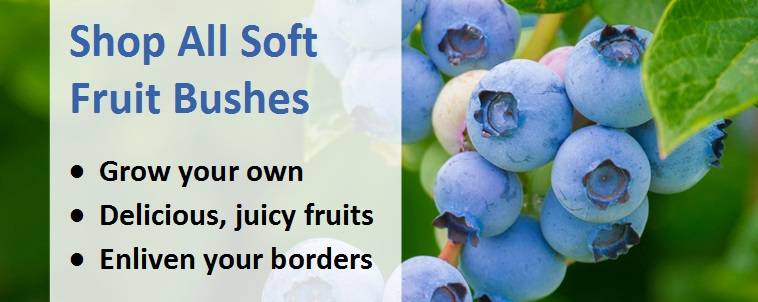
- Wash empty pots and containers using a mix of hot water and mild detergent, rinsing well when done. If you live local to us in Bagnall, Staffordshire and have any plastic pots you no longer need and want to recycle, we will re-use/recycle them if you drop them in to Jackson’s Nurseries, Thorney Edge Road, Bagnall, Staffordshire, ST9 9LE.
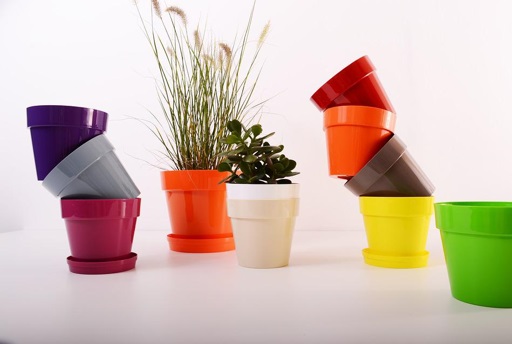
- Read our article about ‘Understanding your Soil’. Our guide includes full details of how to consider the texture and composition of your soil, drainage, fertility and pH. The article includes simple practical tips to better understand your soil without needing to buy a soil testing kit.
From your Armchair
Order Summer Flowering Bulbs
- Browse our wide range of summer flowering bulbs to plant in spring and flower in summer.
- Summer flowering bulbs are planted when the soil is beginning to warm up, before providing beautiful blooms in summer that last into the autumn for some varieties.
- Some of the best summer flowering bulbs are begonia, dahlia, gladioli and lilies.
- Bergenia are evergreen perennials with wonderful, large cabbage-like leaves producing erect clusters of red, white or pinky-purple bell-shaped flowers on 25-30cm erect stalks in summer.
- Dahlias are the highlight of the late summer garden, well-loved for their long flowering period and eye-catching blooms in a rainbow of colours.
- Gladiolus are like a summer tulip in many ways and just as easy to grow, they originate from hot, dry climates so require good drainage and plenty of sun.
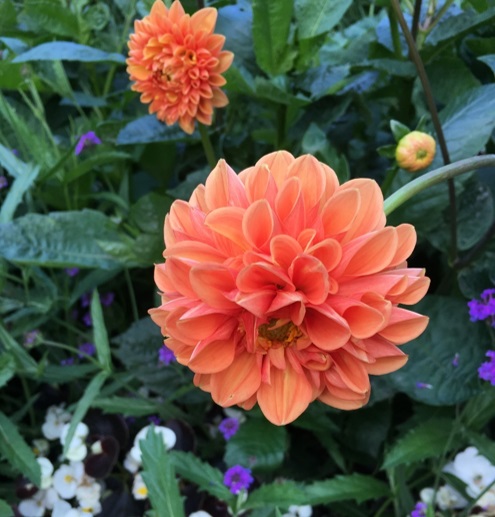
Consider Fruit Trees for Planting in early Spring
- The most commonly planted fruit trees are apple trees, but this doesn't mean you have to follow convention. Cherry, damson, fig, pear and plum trees can make equally good alternatives.
- Fruit trees are propagated onto rootstocks, which determines their vigour and eventual size.
- A dwarf rootstock may grow to just 1.5 metres tall, making it ideal for smaller gardens, whilst the same variety grafted onto a more vigorous rootstock could grow to 6.5 metres - so check the eventual height and spread on the product pages for the plants you are interested in carefully.
- To ensure good pollination, grow 2 or more different varieties from the same or an adjacent pollination group, so be sure to check and match up the pollination groups for the trees you buy (unless your selection is self-pollinating, in which case no other pollinator is required).
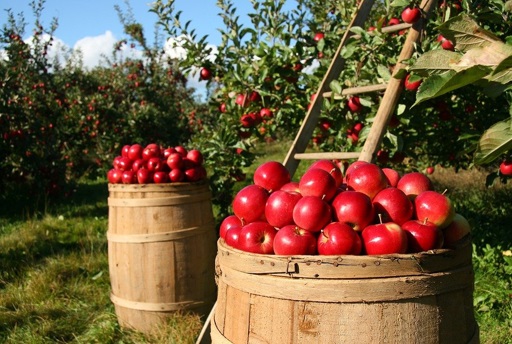
Research water Butts
- Consider whether you might want to install water butts to collect rainwater which can then be used to water your plants over the summer, rather than using tap water.
- Collecting rainwater in water butts is more environmentally friendly than using tap water and useful for watering ericaceous, acid-loving plants because tap water is often slightly alkaline.
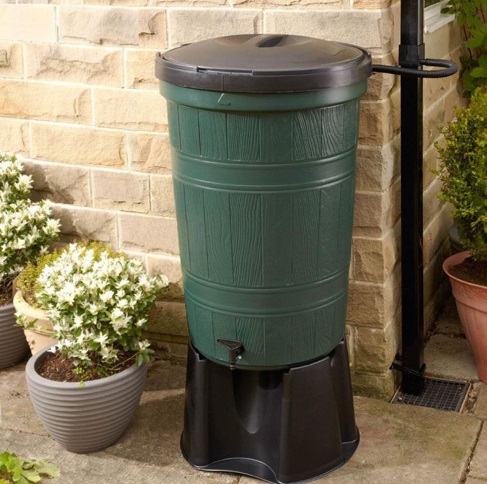
Share this page:

